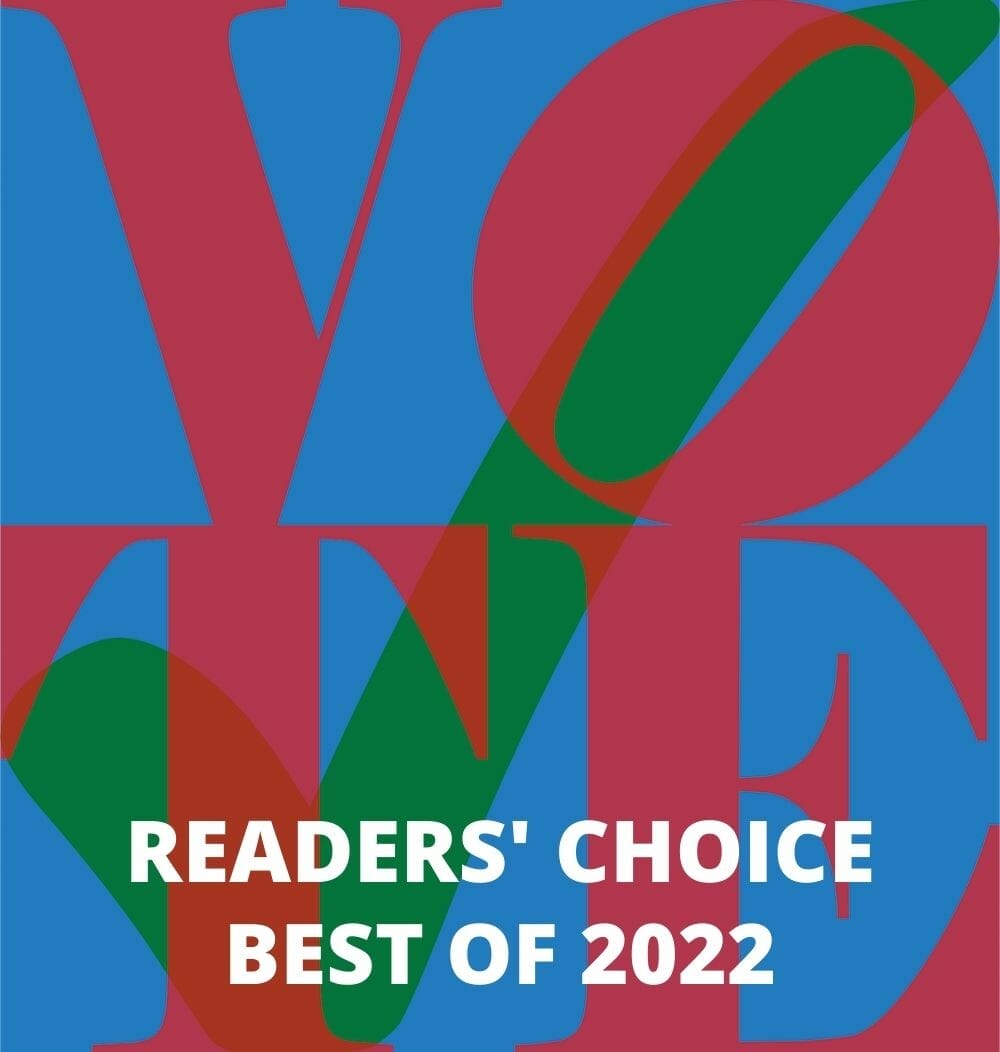This is Jay Españo sharing his experience, and how it informs his new role as Artistic Director at PrideArts. Growing up in the Philippines before moving over to the United States, Jay Españo has experience both on stage and behind the camera across two continents.
Here, Picture This Post (PTP) talks further with Jay Españo (JE) about his background and work, and the importance of LGBTQA+ content in films and performances.
(PTP)What perspectives from your experiences as a queer man do you feel impact your current role as Artistic Director?
(JE) Being gay in Asia is so much different from being gay here in the US. There are some parts in Asia that does not recognize LGBTQ rights. As Artistic Director, I’m in a position to inform our audience by presenting international plays and playwrights from the other side of the world. Telling stories like that, hopefully, would inspire conversations and remind us not to take our rights for granted. I realize that gay rights still have a long wait to go and that these rights should extend to all LGBTQ communities around the world.
How did you get started in performing in the Philippines?
I’ve always been a shy introverted kid. When I was in senior high, my literature teacher required us to do a performance piece (a group extemporaneous speech) in a competition against other high schools in Manila, Philippines. After that event, my teacher approached me and told me that I should consider doing a summer teen acting workshop with a renowned theater company. That summer I did go to camp and ended up signing up for their apprenticeship program doing backstage work (lights, sound, props, costume, etc) while at the same time acting for their main productions. Years later, I found out that my literature teacher was actually getting a referral fee for every student that attends the summer camp. Anyways, I worked with several theater companies in Manila and when I got accepted to apprentice for Tanghalang Pilipino’s Actors Company, (a prestigious theater company that produces the best actors in the Philippines) I knew that this was I want to do for the rest of my life.
How does your experience moving from the Philippines to the U.S. aid your decisions as PrideArts Artistic Director?
Having worked not just in Manila but all over Asia, I try to recall and pick out ideas I’ve learned and apply them to PrideArts. For example, Tanghalang Pilipino always had a season theme and their shows line up with that theme. I adapted that when I stepped in as Artistic Director. I like the idea of having a theme that is in a way, a roadmap for the season. It gives a clearer view for the audience on what to expect each season.
Why did you and your team at PrideArts chose the theme of “The Search for Identity Among Queer Communities”?
Coming out from the pandemic, I thought the theme resonated well, in various levels. Everyone used this past two years to reflect on their own lives and evaluate what their future would or should be like. For PrideArts, with myself as the new Artistic Director, it meant steering the company to a theater that best represents the ever-changing LGBTQ+ community.
It is important to me that we represent most of the people in the LGBTQ community. I want us to tell stories that has a universal appeal. We try to carefully choose every production and make sure that the production team reflects that as well. I feel like we still have a long way to go in terms of achieving our goal of being the premier LGBTQ theater company in Chicago.
How has your personal journey evolved from being an actor to taking on the behind the camera position of filmmaker and director?
I’ve always been fascinated by film as a medium. As an actor, whenever I watch a film, there was always that curiosity: how did they do that? How did actor X pull off that scene? Of course, as an actor, I have that film critic in me that always imagines how a film could have been better if I directed it. When I moved to the US, I had several film auditions, sometimes I would get the part, sometimes not so lucky. I would go home feeling good, thinking I got it in the bag only to find out that I didn’t. I thought to myself, why do I have to be at the mercy of a director? That’s when I decided to study film directing at Columbia College Chicago. I think that experience made me appreciate film even more and made me a better actor/writer/director.
How does your perception of a show change with the different hats you wear, from actor vs director vs filmmaker vs artistic director?
I believe that the relationship between the actor and the director should be collaborative. Being an actor-director, I’m able to be flexible. When I act on stage or film, I don’t think about anything, but my own performance and I trust the director’s vision. On stage, with a live audience, you get an instant connection that grows as the show runs. In film, I have to wait until the editing is done and it’s screened to the public for the connection with the audience.
Because I’m an actor, I feel like I’m more effective as a director just because I know how to communicate with the actors. I know how to get them to their best performance.
What differences stand out to you between Asian and North American filmmaking and directing?
I grew up watching American TV and movies. In the Philippines, at least how I saw it, Hollywood was regarded as “the way” to make a good film. However, with the advent of social media and streaming services that drastically changed. Now more than ever there is a hunger for unique and original storylines. Audiences want something that they have never seen before. Suddenly, stories that feature different cultures and milieu are highly in demand.
Editor’s Note: Click here to read reviews of PrideArts’ past films and performances and previews of new ones in the works.
Nominate this for The Picture This Post BEST OF 2022???
Click Readers' Choice!
Photos courtesy of Jay Españo.

About the Author: LGBTQA+ Editorial Team
As the new LGBTQA+ content curator, Jess Purdy hopes to expand Picture This Post readers’ insight into queer culture, through music, theatre, film and more.
Purdy says, “Picture This Post’s LGBTQA+ focus aims to introduce fresh and unique voices that support the LGBTQA+ community and strive for more equality. As queer themes are further explored in culture and art, Picture This Post will showcase individuals and organizations that continue to push the envelope.”









